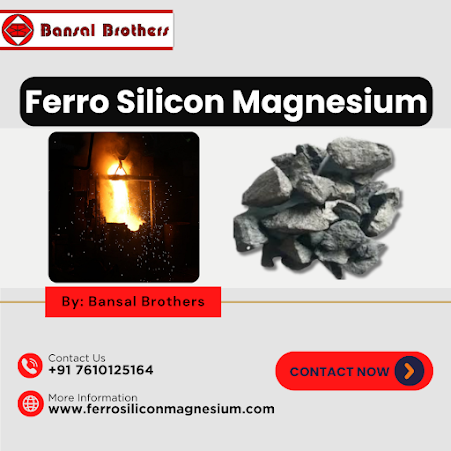Best Methods and the Role of Inoculant Wire Feeders
Best Methods to Make S G Iron or Ductile Iron: Spheroidal Graphite Iron (S G iron), also known as Ductile Iron, is a type of cast iron that exhibits excellent strength and ductility due to the presence of spherical graphite nodules in its microstructure. To produce high-quality S G iron, several key methods and techniques are employed:
Material Selection: Start with high-quality raw materials, typically scrap iron, steel, and pig iron. These materials should have low levels of impurities to ensure a clean melt.
Melting Process: The most common method is the electric induction furnace, where the raw materials are melted at high temperatures. Control over the melting process is critical to achieving the desired composition and temperature.
Inoculation: Inoculation is a key step in S G iron production. It involves adding specific alloying elements, such as ferrosilicon and magnesium, to promote the formation of spherical graphite nodules. This step enhances the ductility and strength of the iron.
Nodularization: Achieving high nodularity is essential for producing quality S G iron. Properly controlling the melt temperature and the addition of nodularizing agents are crucial for obtaining the desired nodule count and size.
Casting Process: Use a controlled casting process to ensure the molten iron flows smoothly into the mold and allows for the formation of the desired microstructure.
Heat Treatment: After casting, S G iron is often subjected to heat treatment processes to optimize its mechanical properties. Annealing or normalizing can be used to refine the microstructure and reduce internal stresses.
Quality Control: Implement rigorous quality control measures throughout the production process, including testing for chemical composition, nodularity, and mechanical properties.
Inoculant Wire Feeder
An inoculant wire feeder is a specialized equipment used in the foundry industry for precise and automated inoculation of molten metal during the casting process. It plays a crucial role in ensuring the production of high-quality ductile iron. Here are some key points about inoculant wire feeders:
Automation: Inoculant wire feeders automate the process of adding inoculants (such as ferrosilicon and magnesium) to the molten metal. This automation ensures consistent and controlled inoculation, reducing human error.
Precision: These feeders provide precise control over the feed rate of inoculant wires, allowing for accurate adjustments based on the specific requirements of the casting process.
Efficiency: Inoculant wire feeders improve the efficiency of the casting process by reducing the time and labor required for manual inoculation.
Uniformity: Automated inoculation ensures uniform distribution of inoculants throughout the melt, leading to consistent nodularity and mechanical properties in the final product.
Reduced Waste: By minimizing the overuse of inoculants, wire feeders help reduce material waste and production costs.
High Nodularity
High nodularity is a critical characteristic of S G iron or ductile iron that directly influences its mechanical properties. Achieving high nodularity means having a high percentage of graphite nodules in a spherical or nearly spherical shape within the iron matrix. Here's why high nodularity is essential:
Improved Ductility: High nodularity enhances the ductility of the iron, making it more flexible and resistant to fracture. This property is crucial in applications where the material needs to withstand dynamic loads or impact.
Enhanced Strength: While S G iron is known for its ductility, it also maintains excellent strength. High nodularity contributes to the material's ability to handle both tensile and compressive forces effectively.
Fatigue Resistance: Ductile iron with high nodularity exhibits superior fatigue resistance, making it suitable for components subjected to cyclic loading or stress.
Machinability: High-nodularity ductile iron is easier to machine than other cast iron types, which is advantageous in applications where precision machining is required.
Cost Efficiency: Components made from high-nodularity S G iron often have a longer service life, reducing the need for frequent replacements and maintenance, ultimately leading to cost savings.
In conclusion, the production of high-quality S G iron involves careful material selection, controlled melting, precise inoculation using equipment like inoculant wire feeders, and maintaining high nodularity. These factors collectively contribute to the material's exceptional mechanical properties and its suitability for a wide range of industrial applications.
For more information on these topics, you can visit https://www.ferrosiliconmagnesium.com/


Comments
Post a Comment